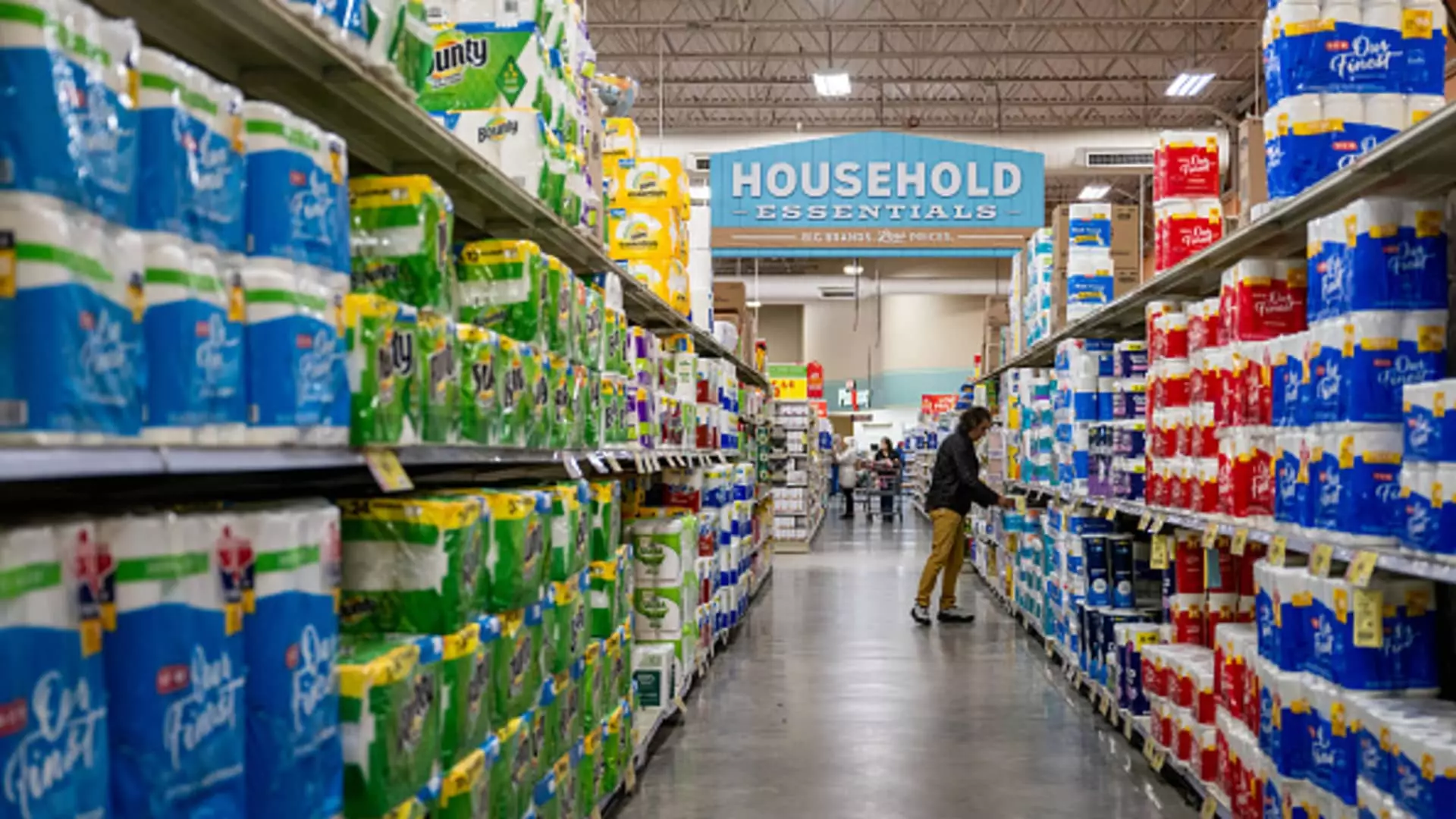The recent decision by the Trump administration to impose tariffs on goods from over 180 countries might be painted as a bold step toward economic self-sufficiency, but the grim reality for everyday consumers is that these tariffs are likely to push food and household product prices to new heights. While the intention behind the America First Trade Policy may appear noble, it ignores a crucial truth: certain essential ingredients and materials are simply not available domestically. This oversight has the potential to create significant imbalances in the consumer marketplace, leading to spiraling costs and limited choices for American families.
Everyday Staples Under Siege
Consumers will soon notice the sting of these tariffs in their shopping carts, particularly with products that have become staples of American life. Coffee, bananas, vanilla, and even common household items like toilet paper are all set to become more expensive as tariffs hit imports hard. According to the Consumer Brands Association (CBA), the impending price increases are not just numbers on a spreadsheet; they represent a real impact on family budgets across the nation. It’s puzzling that such a significant policy shift fails to consider practical supply chain realities that determine how we source our essential goods.
The Tariff Trap: A Double-Edged Sword
Commerce Secretary Howard Lutnick’s dismissal of suggestions for exemption illustrates a concerning ignorance of market dynamics. The overarching attempt to safeguard American jobs could inadvertently suffocate domestic industries reliant on imports. Tom Madrecki of the CBA raises a valid point when he argues that while the intentions behind these tariffs might be to encourage local production, many manufacturers are already engaging in best practices yet still struggle due to the unavailability of specific materials from local sources. The imbalance could lead to food deserts or scarcity of various necessary goods, ultimately defeating the purpose of protecting American interests.
Climate Constraints and Their Economic Implications
Consider the U.S. agricultural framework, which has steadily shifted over the decades to a point where demand often outstrips domestic supply. Take coffee, for instance. The United States simply cannot grow sufficient quantities of coffee beans due to climate limitations. As we know, the U.S. was the highest global importer of bananas recently, with Guatemala being a major supplier. The imposition of a 10% tariff on these imports is bound to affect prices at the supermarket. This phenomenon extends to spices as well, with vanilla from Madagascar facing an outrageous 47% tariff, driving prices even further into the stratosphere.
Household Products: An Unexpected Victim
The ramifications of these tariffs extend beyond foodstuffs to inedible household essentials, including toilet paper, lotions, and diapers. For instance, the cost of production for these items depends on raw materials such as wood pulp and palm oil, which are significantly imported. With a 32% duty being levied on palm oil from Indonesia, manufacturers will inevitably pass these costs onto consumers. Thus, families who are already budgeting for groceries will be forced to allocate more money for basic sanitation and personal care products as well, stretching their monthly budgets even thinner.
Investors and Consumer Staples: A Mixed Response
As the markets reacted to these trade measures, a notable but somewhat counterintuitive trend emerged: while tariffs triggered a plunge in broader markets, stocks within the consumer staples sector seemed to rally. Investors seeking safety in essentials sent shares of companies like Procter & Gamble and Coca-Cola soaring, indicating a pivot towards stability even amidst uncertainty. The message is clear—while daily life may become more expensive for average consumers, investors remain confident in the inevitability of household necessities, which continue to serve as a financial refuge. Yet this should serve as a wake-up call, prompting questions about what it means for the average shopper, who will still bear the brunt of increasing costs regardless of stock performance.
In crafting economic policies that emphasize job creation, lawmakers must ask themselves whether they are inadvertently exacerbating issues of affordability and accessibility. Economic discussions around tariffs need to focus not just on numbers but on the real lives impacted by these choices. How many more price hikes can the average American tolerate before these tariffs start to become a burden too heavy to bear? The immediate future of consumer goods in America raises more questions than answers.

